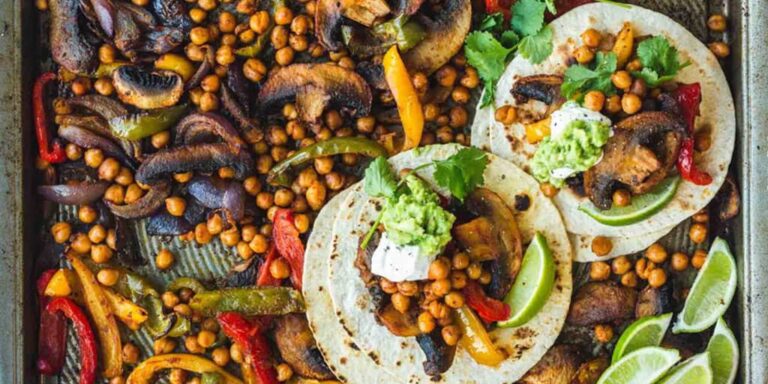Introduction: Mexican Cuisine and its Indigenous Roots
Mexican cuisine is one of the most popular and diverse cuisines in the world. It is a fusion of Spanish, Mexican, and Native American cuisines. The cuisine is known for its bold and vibrant flavors, and the use of various spices and ingredients. Mexican cuisine has a rich history, and its indigenous roots have played a significant role in shaping the cuisine we know today.
Pre-Hispanic Mexico: The Origins of Mexican Cuisine
The history of Mexican cuisine dates back to the pre-Hispanic period when the Aztecs and other indigenous peoples were the dominant cultures in the region. The Aztecs were known for their sophisticated agriculture, and they cultivated a wide variety of crops such as beans, corn, and chilies. These crops formed the backbone of their cuisine, and they were used in every meal. Meat was also an essential part of the Aztec diet, and they consumed a wide variety of animals such as turkeys, rabbits, and deer.
The Historical Roots of Mexican Cuisine
The arrival of the Spanish in the 16th century marked a significant turning point in Mexican cuisine. The Spanish brought with them new ingredients such as wheat, rice, and dairy products, which were integrated into the existing indigenous cuisine. The fusion of indigenous and Spanish cuisine resulted in the creation of new dishes such as mole, which is a sauce made with chili peppers, chocolate, and spices.
Indigenous Ingredients: The Backbone of Mexican Cuisine
Indigenous ingredients such as corn, beans, and chilies are the backbone of Mexican cuisine. These ingredients are used in various dishes such as tamales, enchiladas, and tacos. Corn is a staple in the Mexican diet, and it is used to make tortillas, which are a fundamental part of Mexican cuisine. Chilies are also an essential ingredient in Mexican cuisine, and they are used to add heat and flavor to dishes.
Indigenous Cooking Techniques in Mexican Cuisine
Indigenous cooking techniques such as roasting, boiling, and grinding are still prevalent in Mexican cuisine. These techniques are used to prepare dishes such as salsa, guacamole, and mole. Roasting is a common technique used to cook ingredients such as chilies and garlic, which gives them a smoky flavor. Grinding is also an essential technique used to create pastes and sauces that are used in Mexican cuisine.
Modern Mexican Cuisine: A Fusion of Indigenous and New World Flavors
Modern Mexican cuisine is a fusion of indigenous and new-world flavors. The cuisine is characterized by its bold and vibrant flavors, and the use of various spices and ingredients. The use of indigenous ingredients such as corn, beans, and chilies is still prevalent in modern Mexican cuisine. However, new world ingredients such as tomatoes, potatoes, and avocados have also been integrated into the cuisine. The fusion of these ingredients has resulted in the creation of new dishes such as guacamole, which is made with avocados, tomatoes, and lime juice.
In conclusion, Mexican cuisine is a rich and diverse cuisine that has been shaped by its indigenous roots. The use of indigenous ingredients and cooking techniques is still prevalent in modern Mexican cuisine, and it is a testament to the deep connection that Mexicans have with their cultural heritage. Mexican cuisine is a celebration of the country’s history and culture, and it is a cuisine that is loved and appreciated by people all around the world.



